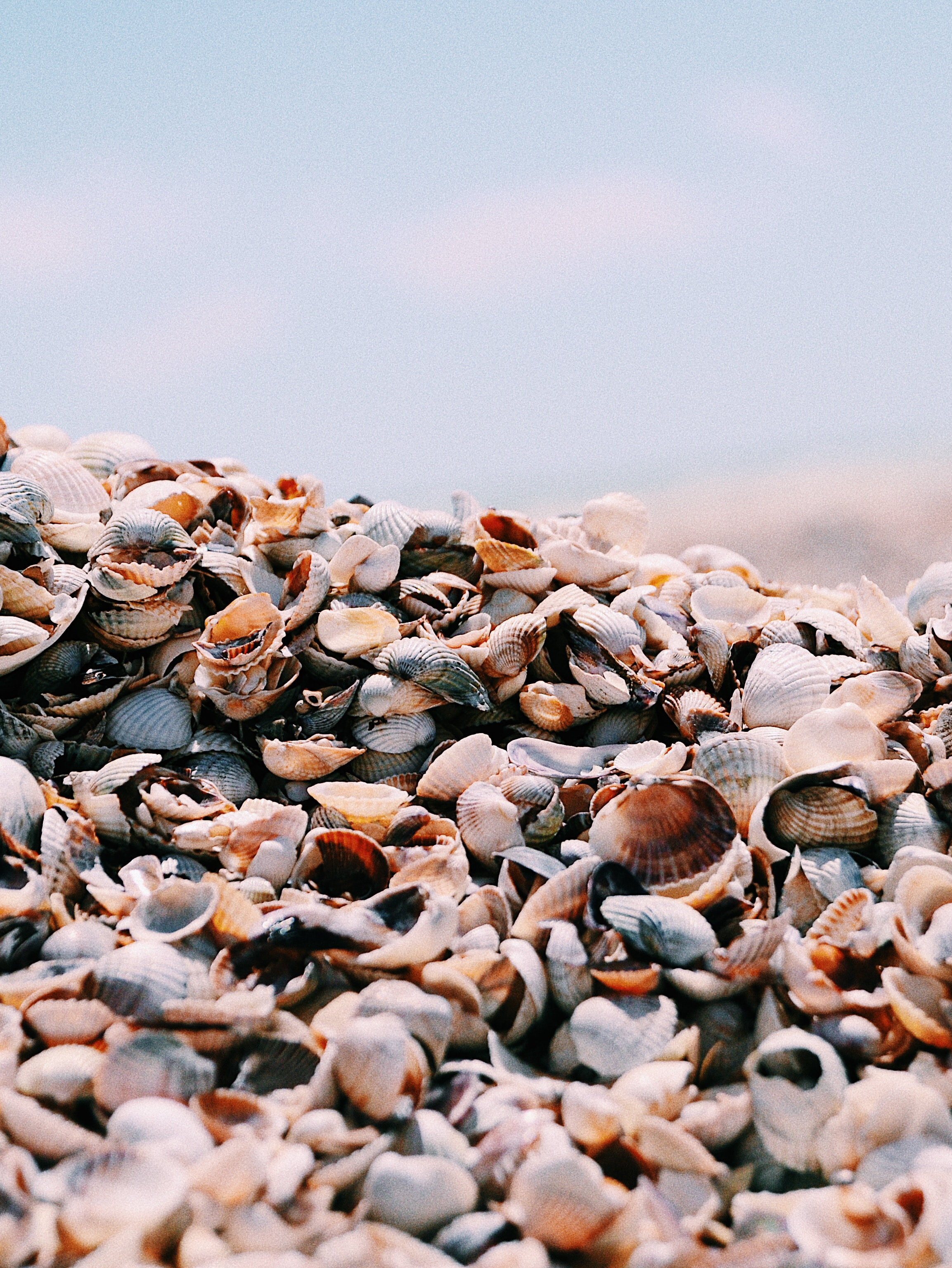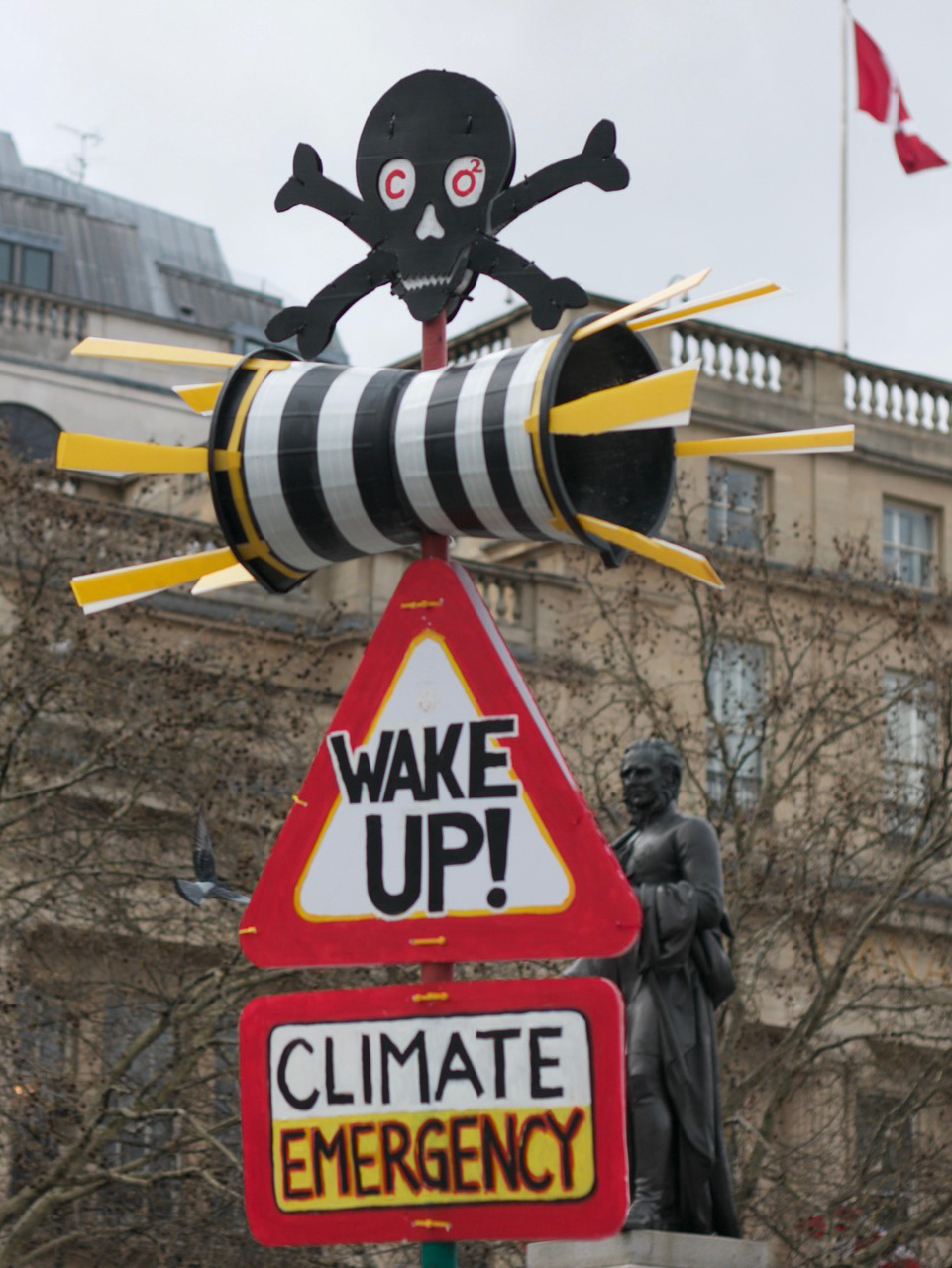Oct. 15, 2020—Gabriola Sounder
The Islands Trust is in pursuit of stronger jurisdiction over tree cutting in the Trust Area.
Following the passage of a motion by Gabriola Trustee Scott Colbourne at the Trust Council’s September quarterly meeting, staff are drafting a letter to the provincial government requesting a change to the Community Charter that would give the Islands Trust the same power as municipalities in relation to tree cutting bylaws.
Prior to the motion, Trust Council heard a joint presentation from the University of Victoria’s Environmental Law Centre and Raincoast Conservation Foundation that presented options for the Islands Trust to protect the rare and threatened Coastal Douglas-fir (CDF) Biogeoclimatic Zone, which encompasses the entire Islands Trust Area and of which 68 per cent is privately owned.
Regional districts, like the Islands Trust, do not have the same authority over tree cutting as municipalities. Court-upheld arguments assert districts can’t provide the intricate policy planning needed to accommodate the breadth of interest groups within rural areas. But some contend the “preserve and protect” mandate of the Islands Trust sets it apart.
“The preservation and protection of the unique CDF ecosystems contained with the Trust Area must be given priority, and the local governments entrusted with authority to fulfill this mandate must have the tools they need to do this job effectively,” says the Sept. 15 presentation from the Environmental Law Centre and Raincoast.
“Right now you can cut post to post to post to post on a piece of land in the Trust Area, and that’s not what people expect when they learn there’s a preserve and protect mandate in the islands Trust,” Trustee Scott Colbourne told the Sounder.
Greater ability to protect trees addresses the climate emergency and reconciliation declarations passed by Trust Council in 2019, Colbourne said. “All this stuff is playing together and a lot of it comes down to how we protect the land and how we permit activities that alter the land.”
If successful in lobbying the province, the Islands Trust could establish broad stroke protections that cover the full Trust Area, or it could be left up to Local Trust Areas to implement specific bylaws. Tighter restrictions could prevent lots being fully logged, then re-sold for development, said Colbourne, citing a property where that happened on Tait Road at the junction of Hess and Ferne.
“If we’re given the same regulatory power as a municipality, then each local trust committee, … in our official community plan and in our land-use bylaw, could have unique and distinct community-informed development permit areas for tree cutting,” Colbourne said.
“We could also do it at the regional level, and there’s a strong argument to be made that these are linked ecosystems so they should have a uniform approach.”
Some islands already have protections in place under development permit area regulations. On North Pender, the Woodland Development Permit Area protects rare Garry Oak meadow. Under the Galiano Island Official Community Plan, a development permit area (DPA) covers the entire island with the intent to maintain forest cover for carbon capture and to recharge groundwater.
DPAs can be challenged in court, as was done on Denman Island in 2001 when the Court of Appeal invalidated the establishment of a DPA enacted to ensure sustainable forest practices, protect forest cover, limit removal of trees and retain old growth forest.
Privately managed forest land and wood lots, which account for less than 13 per cent of the Islands Trust Area, would remain unaffected by any Trust regulations, as those are regulated by the province. In July, Trust Council chair Peter Luckham wrote to provincial ministers requesting amendments to the Private Managed Forest Land Act to allow “local trust committees to regulate, but not prohibit, forest activities on land within the Islands Trust Area.”
Cover image Thomas Davis via Pixabay






